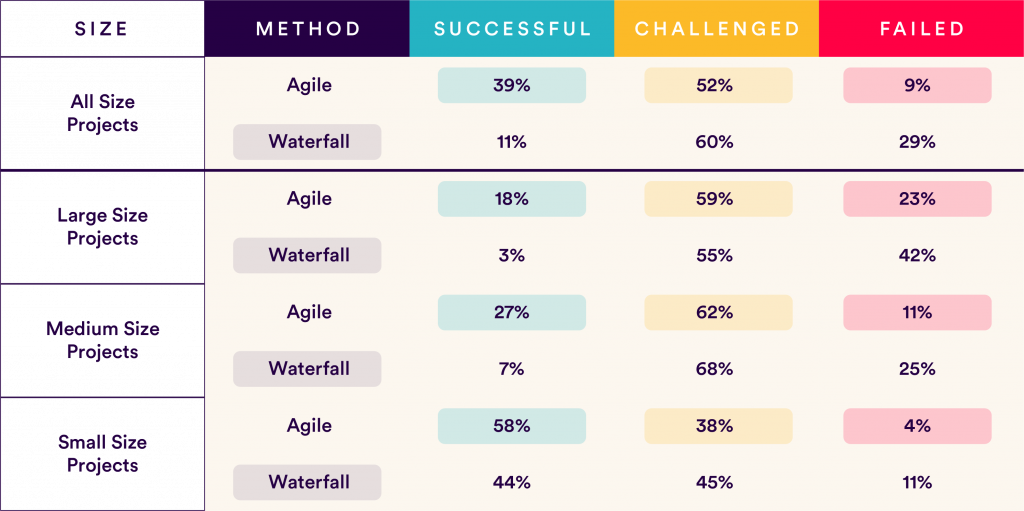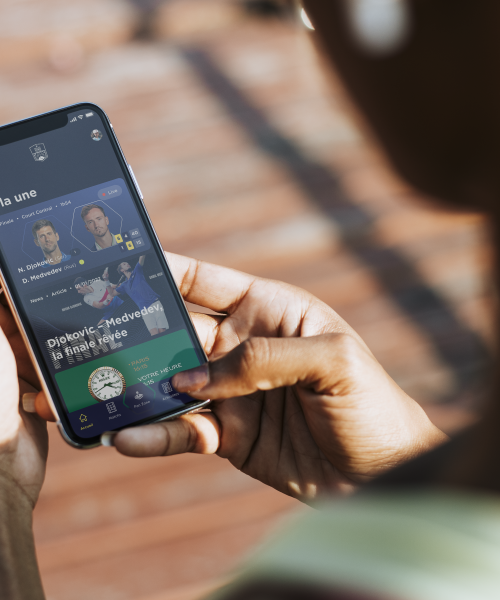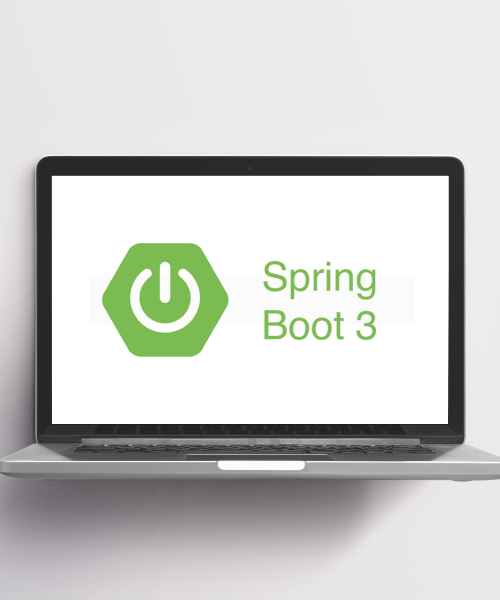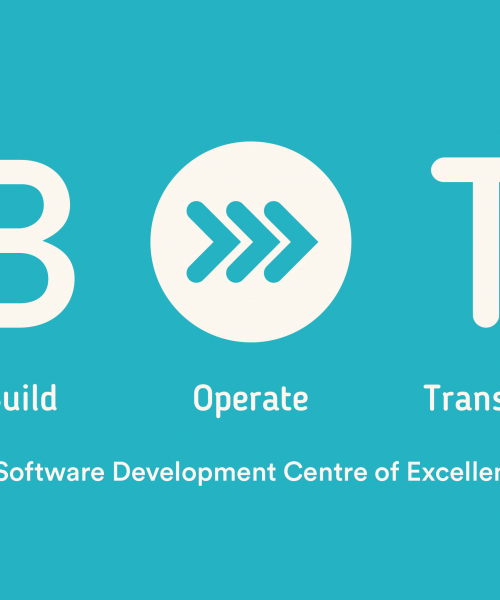If you’d like to build a new website or a mobile app for your company, you probably want to know in advance how much this will cost you. It feels reassuring to have control on the price, and also on the timing. You feel like you need it in order to make good choices for your business. But what if at the end, working with a fixed-price project was costing you way more than agility? What if the wrong business choice was actually the one that felt the more secure?
The main risk with a fixed-price project is to end up creating a software product that is actually not in line with the customers’ expectations. When you finally put it in the hands of a user and the user doesn’t see the value of it, you will probably try to pivot and adapt your software product now that you know what the user wants … but your entire budget might already be gone.

Doing strong UX research will of course give you a ton of valuable insights about what your users want. However, testing hypotheses on prototypes or asking for opinions about the wireframes will never be the same as asking people to truly experience a digital product in a real, non-biased context.
If what matters the most for you is the experience your user will have with your software product or service, you should probably think about an agile, time & material approach. The main idea? Creating your software product piece by piece, while continuously testing it on the market.
A ‘time and material’ approach
With a “time and material’ approach, you won’t pay for a defined scope. Instead, you will simply pay regularly for the work that has been completed by a dedicated development team. This will give you the freedom of adapting your requirements along the way, and be as close as possible to your user needs, or any other evolution on the market. Think about the shift from desktop to mobile, a new operating system emerging, or even the entrance of new players with a similar service on the market … all those things can quickly impact the expectations of your clients.
Yes, it might sound scary if you are used to having full control. So what are the benefits for your company?
- The guarantee to build something relevant, even if the world is facing major changes and challenges.
- A view on the daily rates of the team members, and high-level planning based on what you need the most (MVP). This means you can predict your monthly expenses pretty easily, and even adapt your budget along the way by challenging the size of your team.
- Being involved in each phase of the development, and having a clear report of the work done. No need to wait until the work is completed to give your opinion.
- R&D costs can easily be spread all over the project timeline since only a small number of details will be needed to kick off the project. So, you won’t need to invest tons of time and budget in deep up-front analysis.
Doesn’t sound that bad, right?
An approach that fits the project size
The success rate of your software development project will depend on the approach you are taking, as we now have enough experience will agile development to see that the results are overall better. But the size of your scope will also have a big influence.
Studies show that the smaller your project is, the best your project will succeed. Indeed, by having a smaller scope you limit the amount of risks you are taking. When your project is large, think about splitting it into smaller units to avoid multiplying the risks. This way, if one module doesn’t work as expected, it won’t affect the rest of the project.

Splitting a software development project into smaller sub-projects, or modules, is a common practice as it offers several benefits:
- An overall improved organization,
- An increased focus,
- A better quality of delivery,
- A faster development.
Indeed, working on smaller, focused, tasks can often be completed faster, as developers can work on several parts of the project simultaneously. This can help reduce the overall time-to-market for the project.
Overall, splitting a software development project into smaller sub-projects helps to make the development process more manageable, efficient, and effective. Therefore, this is leading to a better outcome for both the development team and the stakeholders. And guess what … that’s exactly what the agile approach proposes!
Create features or value?
The question that should stick in your head while developing a new software product is “what is the value we are trying to create for our users”? What difference should it make on the market? Creating features just for the sake of it will only end up in complexifying a product that your user might love just as it is.
Creating value can be achieved in a number of ways, including making the product easier to use, faster, or more enjoyable. It can also be achieved by solving a problem or meeting a need that the user has in a more effective or efficient way.
It’s important to note that creating value is not the same as adding features. While adding features can contribute to create value, simply adding more features is not always the best way to create value. In fact, too many features can often make a software product less valuable by making it more complicated and harder to use.
No matter how you chose to organize your work, the users’ expectations should always be your priority. The time & material approach will definitely give you the flexibility you will need to focus on value creation and test regularly your work on the market. That’s how you’ll be sure to invest your budget in what creates sparks in the eyes of your customer!
Our team is eager to support you with value creation for you user. Discover what we do
Through our CBTW ecosystem, we want to enhance the collaboration between the 6 brands that make it up. Indeed, it allows us to deliver more value to our customers. Thus, we regularly collaborate with Versett for the design of digital products. This article written by Laura, Digital Product Strategist at Versett allows us to highlight our common goal: to offer real added value to the users of the digital products we develop.
Other resources:
- https://lvivity.com/time-materials-vs-fixed-price-model
- Dedicated Team for Agile Software Development (abtosoftware.com)
- Agile and fixed price projects: How to make it work | Globant Blog
- Time-and-Materials vs Fixed Price: Which to Choose for Your Project? | by Yevheniia Korotia | Medium
- Time and Materials vs Fixed Price: What is the best contract model for your software project? | by Michał Pierzchlewicz | TeaCode.io | Medium










